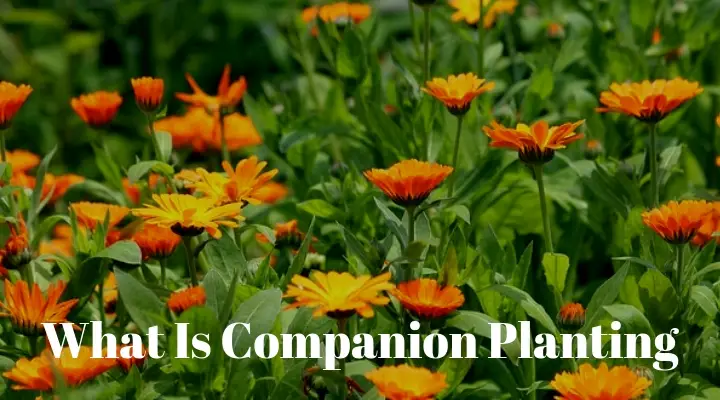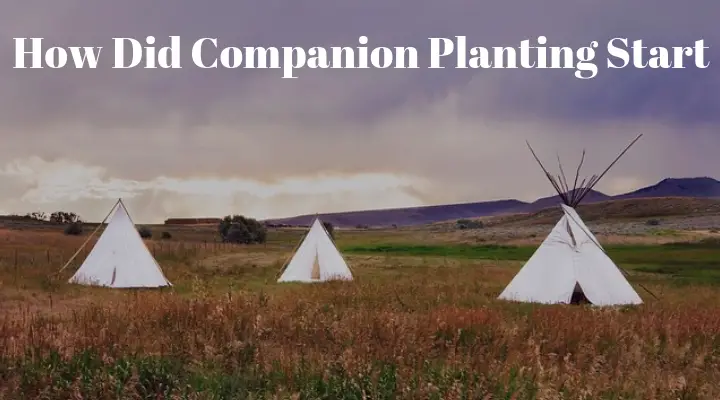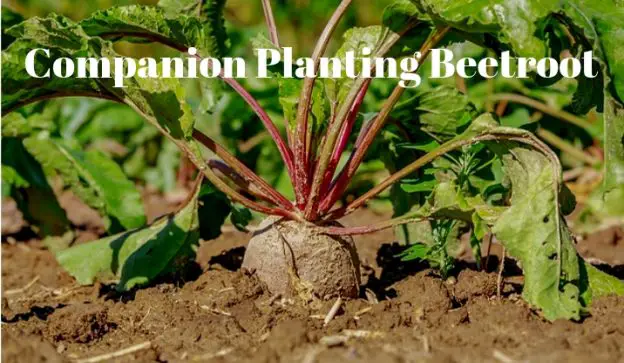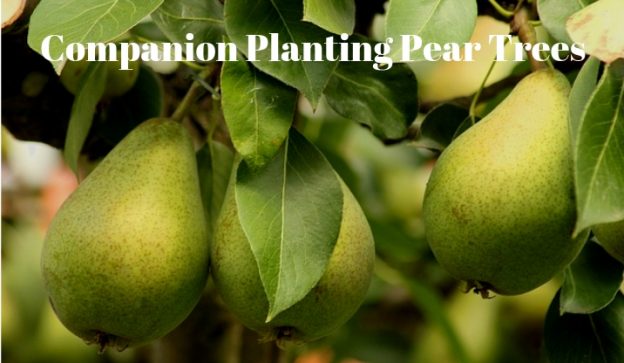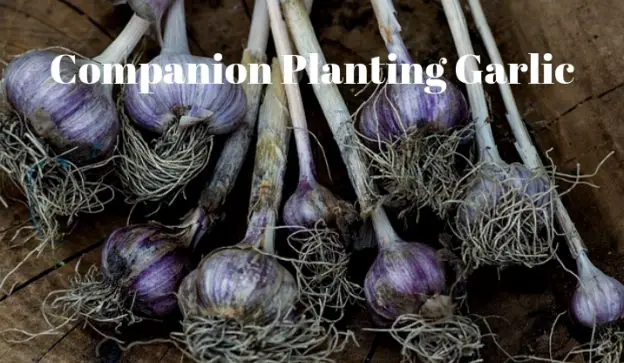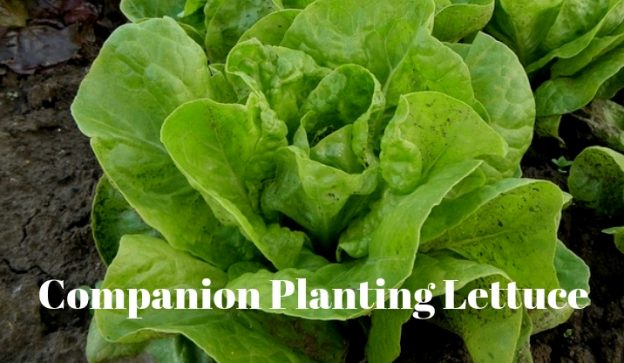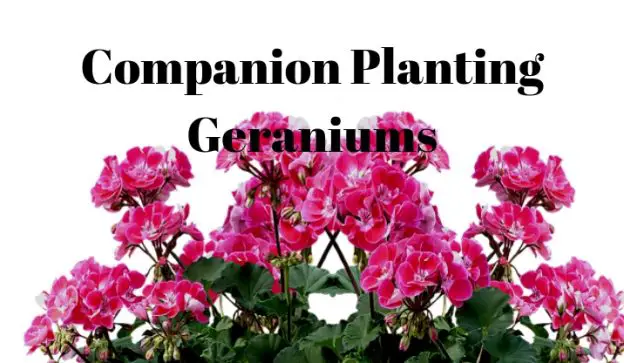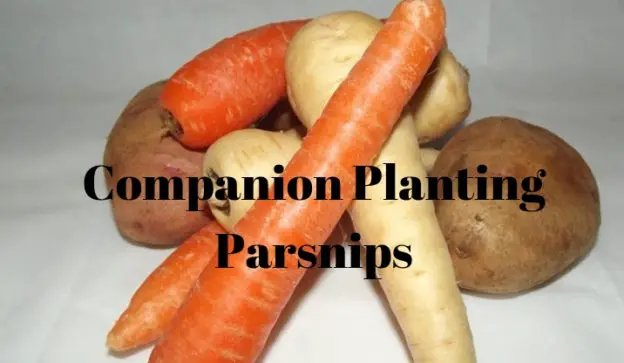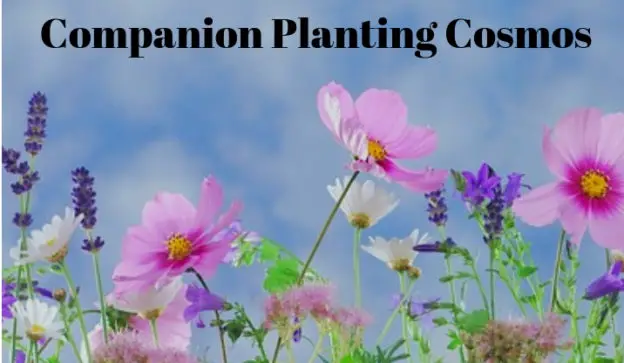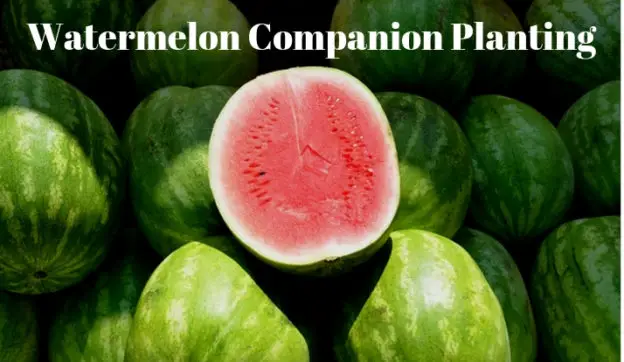Companion Planting Wild Garlic
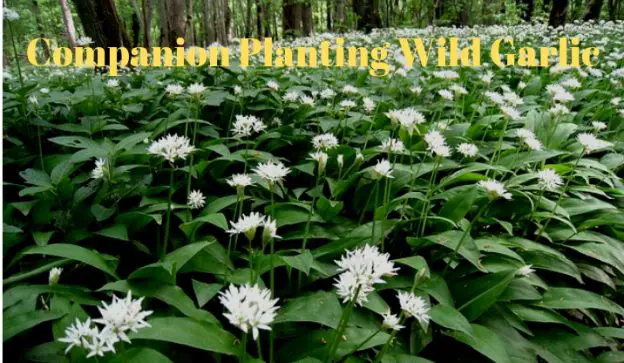
Wild garlic or hedge garlic as it is also known as, is usually found growing in woodlands or under hedges. When crushed the leaves and stems smell very strongly of garlic. Companion planting wild garlic is a great way to benefit from this shade loving plant. What is Wild Garlic? Wild garlic (allium ursinum) also known as hedge garlic, wood garlic, ramsons, buckrams, broad leaf garlic, bear leek, or bear garlic is a member of the onion family found growing wild in woods and hedges. To find out more about wild garlic click here. Companion Planting Wild Garlic As this… → Read More

